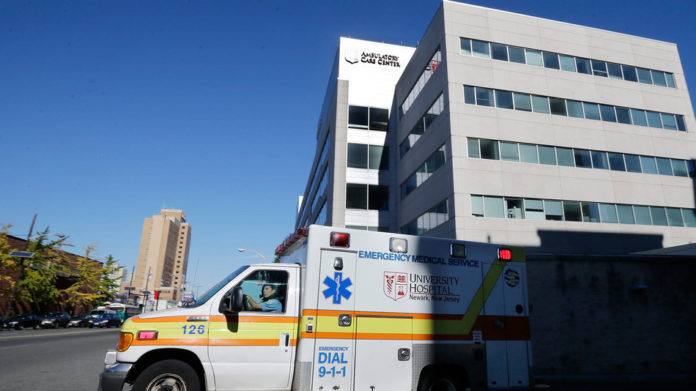CDC Unveils ‘Individualized’ Ebola Guidelines Amid Patchwork of State Rules

The Centers for Disease Control and Prevention announced new guidelines for monitoring incoming travelers from West Africa for the Ebola virus. The guidelines go as far as potentially issuing a “do not travel” order to persons who are at high risk of Ebola, including those who cared for sick individuals without protective equipment or who suffered from a known exposure while treating someone.
The guidelines, some of which were announced on Oct. 22, call for “direct, active monitoring” of those individuals who have been assessed to be at some risk or high risk of developing the illness for 21 days, which is the longest known incubation period of the disease.
The new CDC guidance is an attempt to thread the needle between new, strict state quarantine rules unveiled by several states in recent days while updating previous federal rules with new knowledge about the disease, travel patterns between West Africa and the U.S., and other information.
According to CDC director Dr. Tom Frieden, “direct, active monitoring” means that someone accountable to local or state health authorities would have daily contact with at risk individuals, would supervise them as they check for fever and other Ebola symptoms, and would discuss their upcoming plans to make sure they don’t expose members of the public.
“This type of active monitoring is so important because it can identify people in the early course of illness,” Frieden told reporters on a conference call. He noted that if Ebola symptoms are caught early, such cases are “far less likely” to result in additional cases.
Such monitoring would be necessary for those who fall into the two highest tiers of a four-level risk classification system that CDC is putting into place. This system ranges from “high risk” to “no identified risk,” and Frieden says each person would receive an “individualized” assessment of his level of exposure to the virus, which would determine what measures should be taken to protect them and those they come into contact with.
While the CDC’s steps would include a “do not travel” order or a voluntary quarantine, it would stop far short of some students’ moves to require quarantines for all health care workers returning from Africa.
For example, the CDC guidelines would not limit the movement for all health care workers returning from Africa, since some may have had little direct contact with Ebola patients.
On average, just under 100 people have entered the U.S. each day from West Africa starting on Oct. 11, for a total of 807 so far (through Oct. 25). So far, just 46 of these people have been identified as health care workers at some risk of Ebola, Frieden said.
The CDC’s revised guidelines are playing out against a backdrop in which several states have announced mandatory quarantines for returning health workers, including New York, New Jersey, Illinois and Florida, although the mandatory measures have been rescinded in New York.
New Jersey Gov. Chris Christie came under criticism for his mandatory quarantine order for returning health care workers after a nurse, Kaci Hickox, was held in quarantine in a tent at a Newark hospital since Friday, and was released Monday at about 1:20 p.m. ET. She had treated Ebola patients in West Africa but was not showing any symptoms of Ebola when she was quarantined.
Frieden warned that mandatory quarantines that are targeted toward health workers, making them “pariahs” rather than “heroes,” could provide perverse incentives for workers to omit their exposure to Ebola and stem the sorely needed flow of medical volunteers to West Africa.
The CDC is already discussing the new guidelines with state and local agencies, although Frieden reiterated that states are permitted to enact more stringent rules if they want to. “These are based on science,” Frieden said.
The CDC does not have the authority to compel states to follow their rules, since it is not a regulatory agency, but state and local health agencies typically conform to the agency’s pronouncements.
Under the Oct. 22 announced rules, six states are now overseeing health monitoring for those deemed to be at risk of the illness. Those states are New York, Pennsylvania, Maryland, Virginia, New Jersey and Georgia. Together, they are the destinations of about 70% of all travelers from Liberia, Sierra Leone and New Guinea.
Monday marks exactly one month since the first Ebola case ever to be diagnosed in the U.S., when Thomas Eric Duncan was diagnosed in Dallas, Texas. Duncan died on Oct. 8.
Frieden said the new guidelines rely on the lessons learned during the past month, including how to conduct effective monitoring of people who may have been exposed to the virus.
“Managing Ebola is not easy and… using experience and data to refine the policies and programs we recommend.”
Have something to add to this story? Share it in the comments.
